Manufacturing Assistance Program Aims at CT Companies
/If you are looking for more evidence that manufacturing is back in Connecticut, you need look no further than Hartford and East Hartford. The Technology Labs Assistance Program (TLAP), just getting underway, was created as part of the Hartford/East Hartford Innovation Places Initiative, which is striving to make the area a more vibrant hub for innovation and entrepreneurship.
Hartford and East Hartford-based companies with less than 300 full-time employees in their Connecticut facilities are invited to apply to a new manufacturing assistance program that offers – among a dozen possibilities - 3D printing, engineering design and prototype development. Those chosen will receive a project subsidy of 50 percent off the total project cost, with subsidies reaching up to $10,000 annually.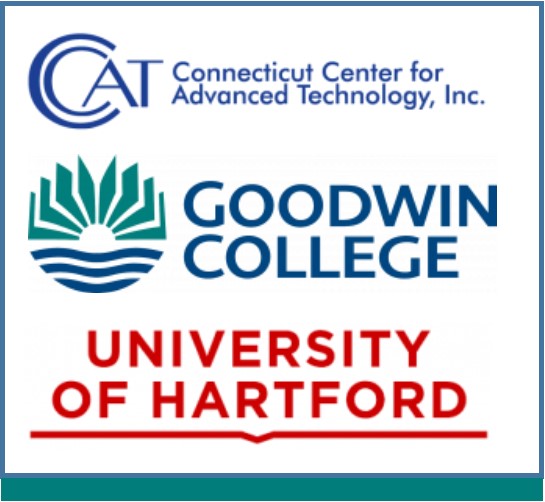
The innovation begins with the partners in the program. TLAP is designed to provide Connecticut entrepreneurs and businesses with easy access to the vast manufacturing resources and services available at various schools, universities and Advanced Manufacturing Centers in the Greater Hartford Area. Participating organizations currently include the University of Hartford, Goodwin College, and the Connecticut Center for Advanced Technology. Funding for the project subsidies is supported by CTNext.
“There’s a wide array of area companies who perform advanced tech work, but they might not have the machines or resources to, say, build a prototype, optimize a process or fabricate a complex part,” said Paul Striebel of the Connecticut Center for Advanced Technology (CCAT). Goodwin College, the University of Hartford and CCAT are part of an effort providing easy access to advanced resources and services available at their facilities.
“We are in a new era of interagency collaborations among state and private educational institutions and corporate partners,” said Cliff Thermer, Goodwin College’s Assistant Vice President for Strategy and Business Development and Department Chair for Business, Management, and Advanced Manufacturing. “The future of Connecticut innovation is bright.”
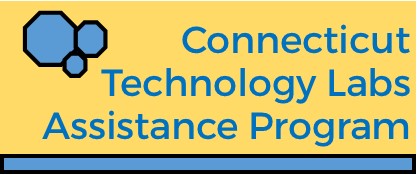 CCAT and the University of Hartford have a long history of working together developing programs, obtaining grant funding, sharing equipment and facilities, and ensuring that students have interesting research projects as well as hands-on learning opportunities through internships and experiential education. This is the latest program collaboration.
CCAT and the University of Hartford have a long history of working together developing programs, obtaining grant funding, sharing equipment and facilities, and ensuring that students have interesting research projects as well as hands-on learning opportunities through internships and experiential education. This is the latest program collaboration.
The Connecticut Center for Advanced Technology Inc. (CCAT), driving the program, is a dynamic and innovative applied technology organization that leads regional and national partnerships that assist global industrial companies and the manufacturing supply chain across industry sectors to drive advancements, efficiencies and adoption of leading edge technologies.
Project possibilities include – but are not limited to j- Engineering Design Services, Prototype Development, 3D Printing, Part Fabrication, Process Testing & Analysis, Technical assessments in conjunction with engineering projects and manufacturing challenges, Research to support proof of principle, Process Improvement, Commercialization Services, Tooling development and manufacture, Reverse Engineering and Inspection Services and Failure Analysis.




 The Forbes reported noted that there were zero bank failures last year for the first time since 2006. There are more than 5,000 banks and savings institutions in the U.S., but assets are concentrated at the top. The 100 largest have $13.8 trillion in assets, representing 78% of total U.S. bank assets, the publication reported.
The Forbes reported noted that there were zero bank failures last year for the first time since 2006. There are more than 5,000 banks and savings institutions in the U.S., but assets are concentrated at the top. The 100 largest have $13.8 trillion in assets, representing 78% of total U.S. bank assets, the publication reported.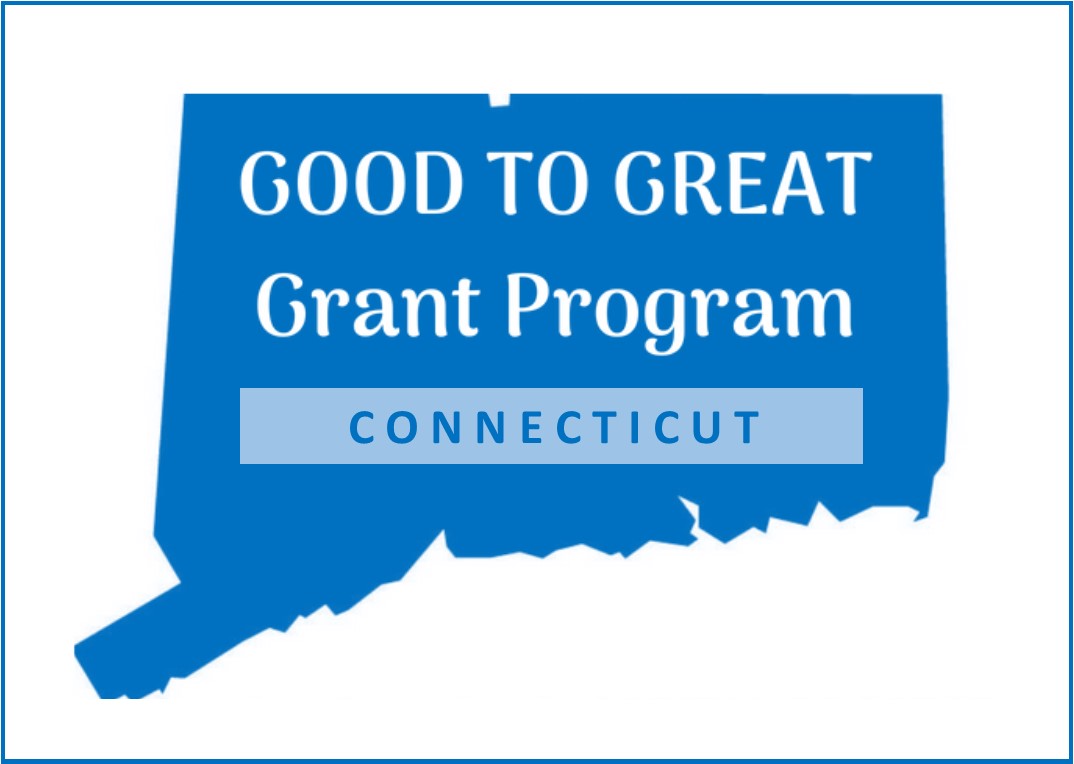
 The just under-the-wire recipients:
The just under-the-wire recipients: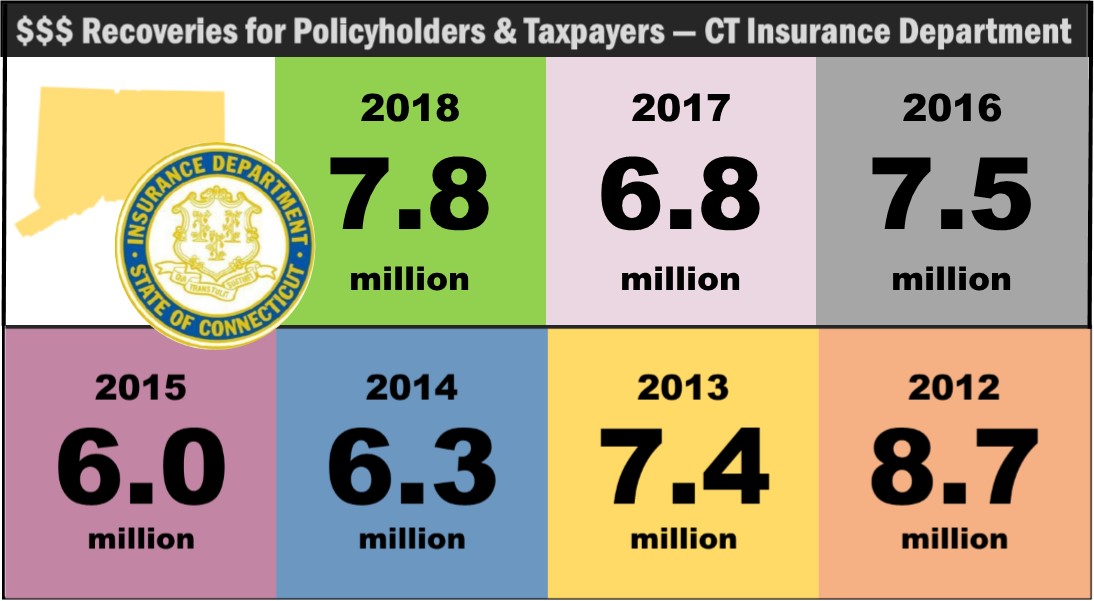

 “We strive to help advisers understand and anticipate stock market and economic changes to be able to provide the best guidance for their clients,” said Juliana Dalton, CFA, president of CFA Society Hartford. Members include CFA® charterholders employed by leading financial services companies and those who are private wealth managers. While many have been in the field for decades – providing much-needed expertise to a range of clients, particularly in turbulent economic times – CFA Society Hartford also continues to reach out to young professionals, as well as college students considering careers in the financial services industry.
“We strive to help advisers understand and anticipate stock market and economic changes to be able to provide the best guidance for their clients,” said Juliana Dalton, CFA, president of CFA Society Hartford. Members include CFA® charterholders employed by leading financial services companies and those who are private wealth managers. While many have been in the field for decades – providing much-needed expertise to a range of clients, particularly in turbulent economic times – CFA Society Hartford also continues to reach out to young professionals, as well as college students considering careers in the financial services industry.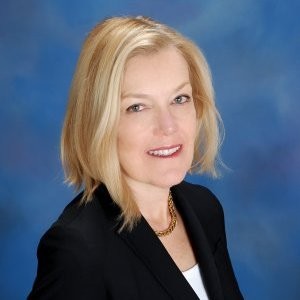 “For the past nine years, analysts have predicted apocalypse for the U.S. economy around every corner, but the strong market and economic recovery are both the longest ever,” commented Dalton. The program will look ahead at what might be next.
“For the past nine years, analysts have predicted apocalypse for the U.S. economy around every corner, but the strong market and economic recovery are both the longest ever,” commented Dalton. The program will look ahead at what might be next.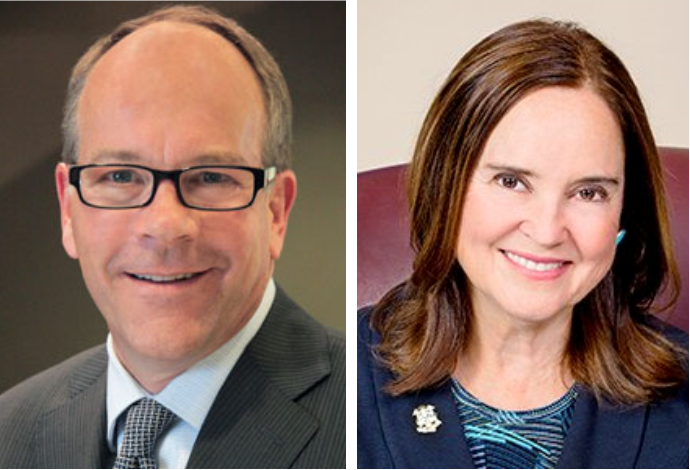 The forecast dinner’s lead speakers will also provide insight. Brian Wesbury is Chief Economist at First Trust Advisors L.P., a financial services firm based in Wheaton, Illinois. He has been a member of the Academic Advisory Council of the Federal Reserve Bank of Chicago since 1999. In 2012, he was named a Fellow of the George W. Bush Presidential Center. In 1995 and 1996, he served as Chief Economist for the Joint Economic Committee of the U.S. Congress, and has been ranked by the Wall Street Journal as the nation’s #1 U.S. economic forecaster (2001), and by USA Today as one of the nation’s top 10 forecasters (2004). Denise Merrill was re-elected in 2018 to her third term as Secretary of the State of Connecticut, and is past president of the National Association of Secretaries of the State. She previously served in the Connecticut House of Representatives. Her office oversees elections and business data, among its responsibilities.
The forecast dinner’s lead speakers will also provide insight. Brian Wesbury is Chief Economist at First Trust Advisors L.P., a financial services firm based in Wheaton, Illinois. He has been a member of the Academic Advisory Council of the Federal Reserve Bank of Chicago since 1999. In 2012, he was named a Fellow of the George W. Bush Presidential Center. In 1995 and 1996, he served as Chief Economist for the Joint Economic Committee of the U.S. Congress, and has been ranked by the Wall Street Journal as the nation’s #1 U.S. economic forecaster (2001), and by USA Today as one of the nation’s top 10 forecasters (2004). Denise Merrill was re-elected in 2018 to her third term as Secretary of the State of Connecticut, and is past president of the National Association of Secretaries of the State. She previously served in the Connecticut House of Representatives. Her office oversees elections and business data, among its responsibilities.
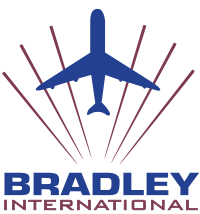 Current pricing for roundtrip flights in May: from $78 to Raleigh/Durham and Orlando, from $118 to Denver, depending upon length of stay and day of the week of selected flights.
Current pricing for roundtrip flights in May: from $78 to Raleigh/Durham and Orlando, from $118 to Denver, depending upon length of stay and day of the week of selected flights. DEI is a national, transparent, annual benchmarking tool that offers businesses an opportunity to receive an objective score, on a scale of zero (0) to 100, on their disability inclusion policies and practices. The
DEI is a national, transparent, annual benchmarking tool that offers businesses an opportunity to receive an objective score, on a scale of zero (0) to 100, on their disability inclusion policies and practices. The 
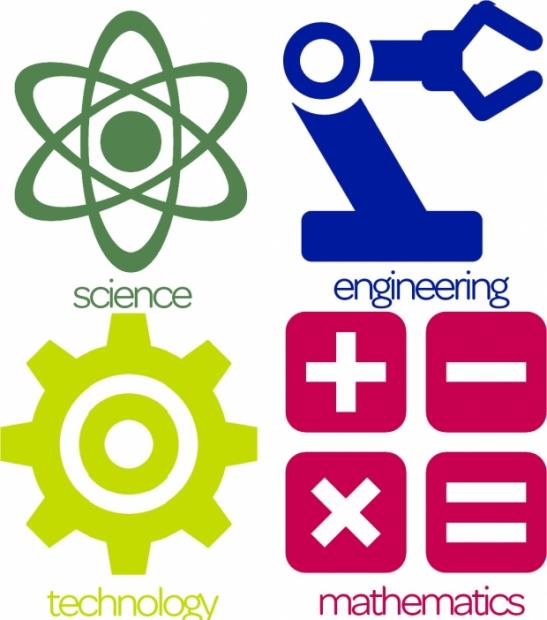
 In addition, “the unemployment rate in [metro] Hartford for adults with at least a bachelor's degree is the lowest in all the metropolitan areas analyzed, whereas last year, it was in the middle of the pack.”
In addition, “the unemployment rate in [metro] Hartford for adults with at least a bachelor's degree is the lowest in all the metropolitan areas analyzed, whereas last year, it was in the middle of the pack.”
 Because the technology is intuitive for most students, their transaction time can be used to talk about subjects they may be less familiar with – such as balancing a checkbook, how debit cards and account balances relate to each other, loans and interest rates, and what a credit score is all about. Not the typical teen conversation, but Holt indicates that students have been quite interested in learning more.
Because the technology is intuitive for most students, their transaction time can be used to talk about subjects they may be less familiar with – such as balancing a checkbook, how debit cards and account balances relate to each other, loans and interest rates, and what a credit score is all about. Not the typical teen conversation, but Holt indicates that students have been quite interested in learning more.


























